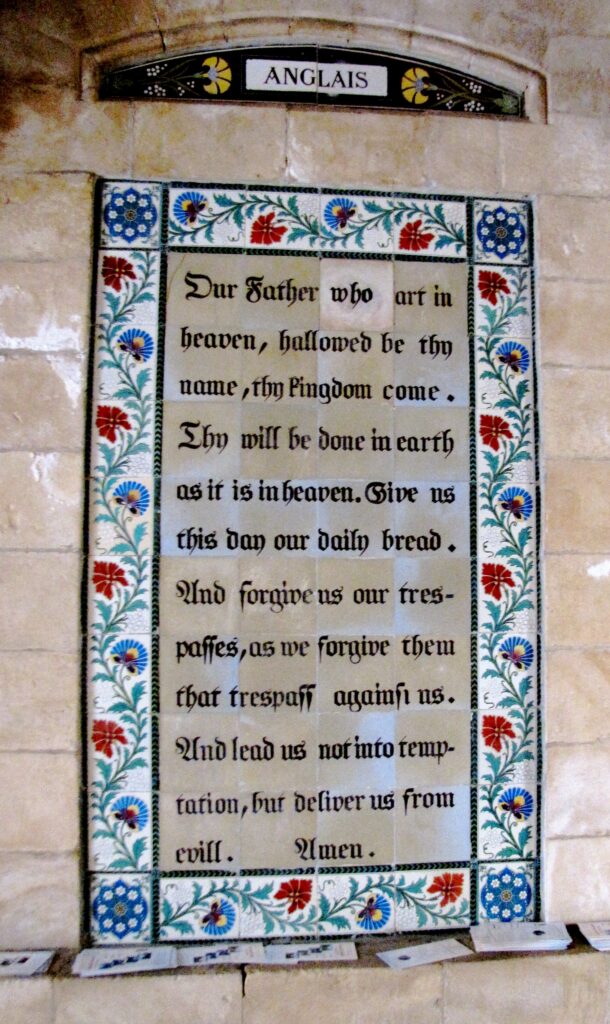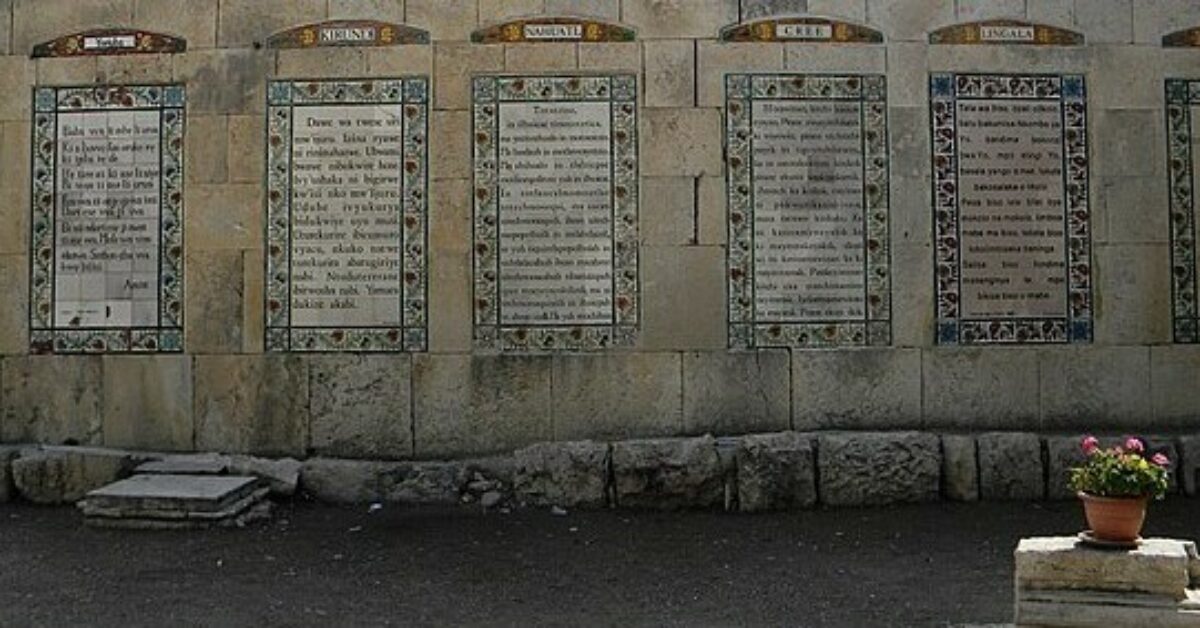Traditio: Handing over the Creed and Lord’s Prayer
Two weeks ago Kent introduced this current series, Awe-Inspiring Rites, during which we are gleaning treasures from early church writers about the rituals associated with the adult catechumenate. Kent wrote about the exorcisms, important rituals during Lent, the period of Enlightenment. Today we’ll examine the traditio, handing over of the Creed and the Lord’s Prayer to the catechumens. The Creed was used in the baptismal liturgy, and so candidates for baptism needed to learn this text by heart for the redditio, the giving back, as their confession of faith in the baptismal ritual.
We have 18 catechetical Lenten sermons by Cyril of Jerusalem, 13 of which are on the creed, phrase by phrase. According Yarnold, the usual practice of “handing over” was done orally, and “no one must write it down” (Ambrose, Explanatio Symboli, 9, referenced in Yarnold, 13, fn. 53). The Creed and the Lord’s Prayer were treated as “secret” or “mysteries” to which only those initiated (or about to be) had access. Those readers old enough to remember the stressful “questioning” on Luther’s Catechism prior to the Rite of Confirmation will be able to empathize with the nervous jitters of fourth-century baptismal candidates. We see the pastoral side of Augustine in this quote:
Today week you will have to repeat what you have learnrt today. You godparents are responsible for teaching you … No one need be nervous and so fail to repeat the words. Do not worry, I am your father. I do not carry a strap or a cane like a schoolmaster.
Quoted in Yarnold, 13.
There was greater variation regarding the Lord’s Prayer; in some areas, it was handed over during Lent; in other regions, teaching the Lord’s Prayer was part of the post-baptismal mystagogy. Theodore of Mopsuetia (in Syria) is an example of the former practice:
I have already instructed you sufficiently about the rites which according to ancient tradition the candidates for baptism must celebrate. When you present yourselves to give in your names, in the hope of finding a dwelling-place in heaven, the exorcisms are, so to say, a lawsuit with the devil; you are freed from slavery to him by God’s judgment. So you recite the word of the Creed and the Lord’s Prayer; and there and then through the mediation of the bishops you make an undertaking to persevere in love towards God’s being.
Quoted in Yarnold, 168.
Of course, today there is nothing “secret” about these texts, but we know the value of learning these texts “by heart.” They are there for us at the deathbed of a loved one, in the hospital pre-op room before emergency surgery, for all those times when words fail us. And when the memory of loved ones fades, the recitation of the Lord’s Prayer can be one of the ways we still connect with these dear ones. To know these texts, Theodore of Mopsuetia tells us, give us power over the devil and enables us to persevere in love towards God.
Today’s photos are from the Church of the Pater Noster on the Mount of Olives in Jerusalem. Empress Helena built a church there in the fourth century over a cave which, according to tradition, was the secret place where Jesus taught his disciples (perhaps commemorating the eschatological discourse in the Synoptic Gospels). That church was destroyed by the Persians in the seventh century; the site became associated with the Lord’s Prayer during the Crusader period (twelfth century). Today the walls of the compound surrounding the excavations of the fourth-century church are adorned with ceramic tile plaques in various languages, a symbol of the ecumenical (worldwide) church.

+++++++++++++++++++++++++++++
Photo credits: Church of the Pater Noster, Mount of Olives, Jerusalem
Banner Photo Author: Britchi Mirela, 23 October 2014; https://commons.wikimedia.org/wiki/File:Church_of_the_Pater_Noster_yo_rn_nah_cr_ln_si.jpg. This file is licensed under the Creative Commons Attribution-Share Alike 4.0 International license.
+++++
English Lord’s Prayer Author: Alistair from Montreal, Canada; 2 December 2009; https://www.flickr.com/people/93958158@N00; https://commons.wikimedia.org/wiki/File:Church_of_the_Pater_Noster_en.jpg. This file is licensed under the Creative Commons Attribution-Share Alike 2.0 Generic license.
